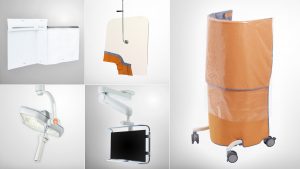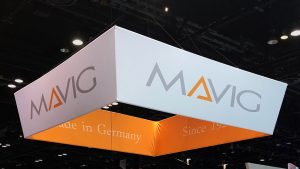Modern Illumination for Real Working Success
Our LED lamps are designed to make the finest colour changes and structures visible in the wound area, with natural colour rendering, precise illumination of the wound area and easy positioning of the lamp body. The latest generation of lamps with LED (Light Emitting Diode) technology makes it easier for users to work and concentrate for long periods without fatigue. Plastic depth illumination, daylight properties with up to 160,000 lux as well as high-contrast colour rendering Ra 96, for the detection of the finest colour nuances in tissues, enable optimal examination and operating conditions.
Advantages of LEDs at a Glance
LEDs (Light Emitting Diodes) continually replace conventional incandescent, halogen, and energy saving lamps. There are good reasons for this change.
High Energy Efficiency
LEDs use electricity considerably more efficiently than conventional light sources. They consume only about 10% of the energy used by incandescent lamps of comparable power and approx. 50% of the energy of an energy-saving lamp.
Less Heat
LEDs generate considerably less heat than incandescent lamps. Furthermore, they generate very little UV and infra-red light. Lights with LED light sources therefore remain cool and only minimally heat the illuminated area, such as that around the patient’s wound.
Very Convenient
In contrast to energy-saving lamps, LEDs switch on without delay and generate their full lighting output immediately.
Lower Risk of Failure
Typically, LEDs do not fail suddenly. Instead, the intensity of the LED light gradually reduces. LEDs also do not have any cavities which can implode, as is the case with halogen lamps.
Long Life
With a continuous illumination time of at least 50,000 hours, or five and a half years, MAVIG LEDs have a lifetime which is approximately 12 times longer than halogen lamps, and therefore helps to protect the environment.
Hazardous Substances
In contrast to energy saving lamps, LEDs do not contain mercury.
Shock Resistant
LEDs are not sensitive to physical stresses. This makes them more suitable than conventional lamps for environments that require robust mechanical conditions.
Freedom of Design
LEDs allow designers to create new shapes and colours of lights. Conventional geometries of lamps can be replaced by previously unseen shapes. This makes the use of light even more versatile and above all more practical.
Downloads
MAVIG Lamps Overview (Currently under revision)
(PDF-Download)




